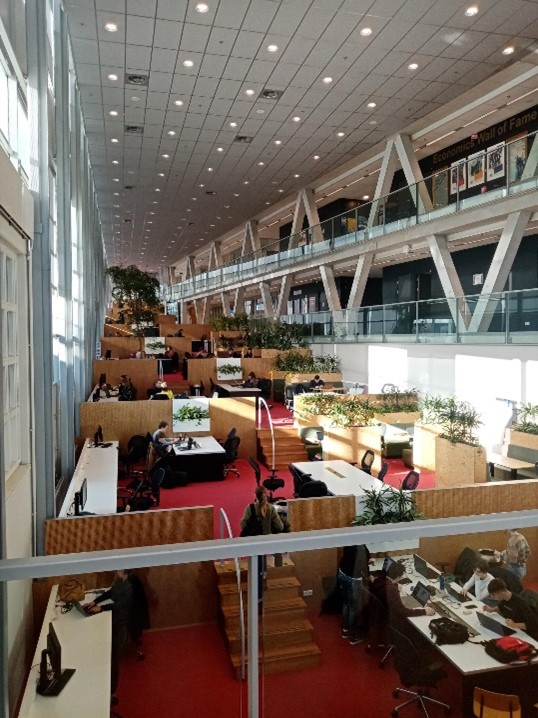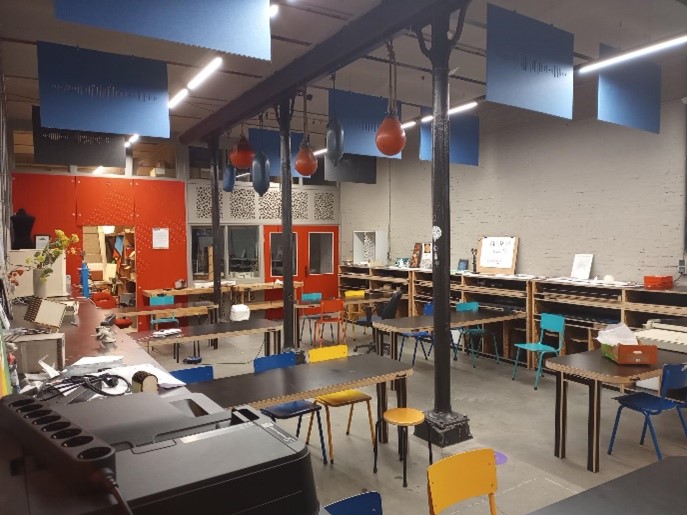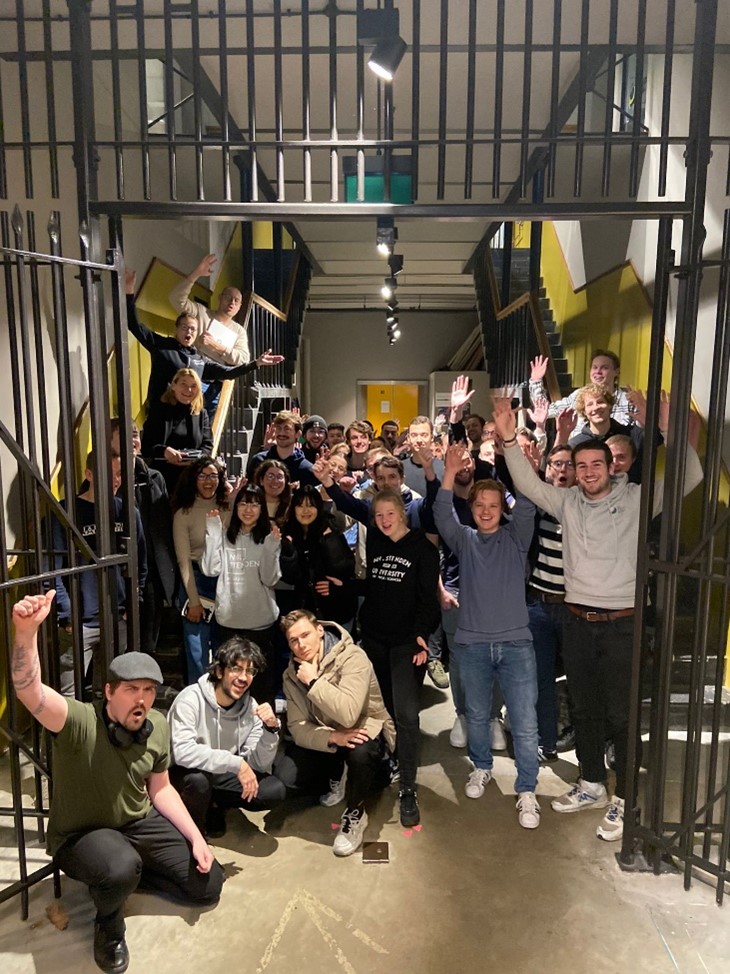From the 6th of February to the 10th of February 2023, Future Design Factory (Future DF) and NHL Stenden University in Leeuwarden (Netherlands) held a future design week for their minor students. HAMK Design Factory (HAMK DF) was invited to be a part of this experience, for also sharing their experiences and perspectives on design thinking, product development and prototyping. This week was about increasing students’ understanding of future design thinking. From HAMK DF staff, me (Markku Mikkonen) and Sanna-Maaria Siitonharju participated in the future design week.
This visit was the first time for me to be introduced to Future DF location, its staff, culture, opportunities, and students who had started their future design week project studies. The tour of Future DF showed that they had a similar environment like in HAMK DF. Just like in HAMK DF, the spaces in Future DF are shared and open for anyone to maintain a multi-disciplinary, collaborative culture, and creative opportunity for whoever wishes to innovate, develop, and prototype. During the visiting week, I also got to see how NHL Stenden University of Applied Sciences had developed some of their spaces and opportunities. These locations included a lot of open space for all staff and students to use without feeling overcrowded, while allowing a lot of natural light to get in, and having spaces for lectures, group -, and private work.
In Future DF, staff and interns presented themselves available and ready to answer questions to different needs of innovation and development. Mostly everyone re-presented similar ways of thinking and working like we do at HAMK DF. For example, sharing knowledge to better develop understanding, machines, and resources for tangible prototype development. Also, the importance of maintaining open innovation environments for anyone to develop their multi- or interdisciplinary skills.

The five-day event (future design week) focused on future design thinking and product development with real challenges for student teams to work towards solving with their own iterated prototype solutions. During the week students participated in workshops, which focused on giving them more information on design thinking processes, outside of the box thinking, and preparing presentations. By mid-way of the week, the students had iterated some low fidelity prototype ideas for their challenges, which required them to do user research to gather feedback before starting their further developed prototypes. On the second last day of the week, I presented the students with some theory and examples of how, for whom, and why to do prototyping. This was important for the students so that they better understood how a prototype is defined, what it requires, and what value they can gain from it. On the final day, Sanna-Maaria Siintoharju from HAMK DF held a workshop on presentation preparation because later that same day students needed to have their prototypes and project posters in a presentable form to an audience.

On the final day, we also asked the students to fill out a quick anonymous feedback survey, which tested to see what understanding of design thinking students had before and after, and how they rated our workshops. It was interesting to see from these results how many of the students felt that they understood the topics but also how many had progressed in developing their understanding. From the survey results, my prototyping workshop received an average score of 4,26 (Max score 5) from 38 students.
Based on the gathered results and individual feedback that I gathered from NHL Stenden teachers, I believe that I need to develop my material so that the students are better able to understand the implications of the topic and how the theory reflects to what they are doing. I was very happy with the feedback because I feel that there is no such thing as perfectly finished teaching material.
I am looking forward to future collaboration and development with Future DF through my master’s program internship. International collaboration has been an excellent opportunity to develop teaching material and also to discover joint-research interests.

Author
Markku Mikkonen




